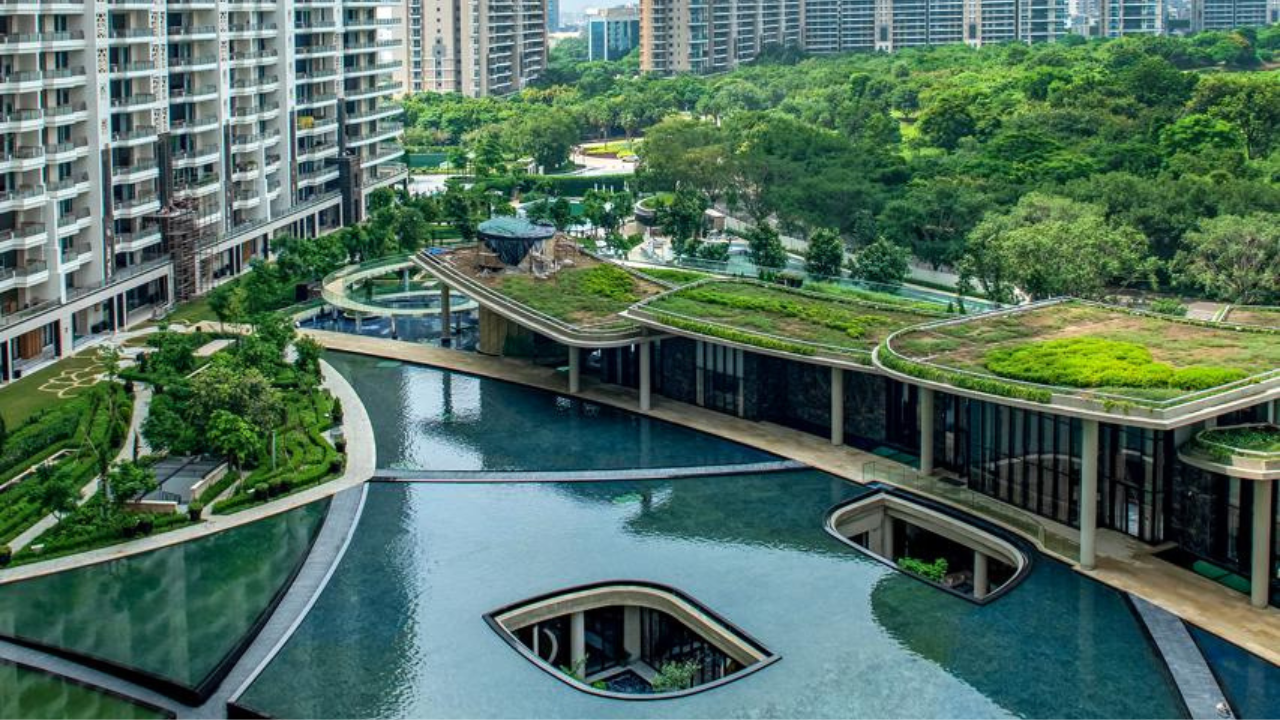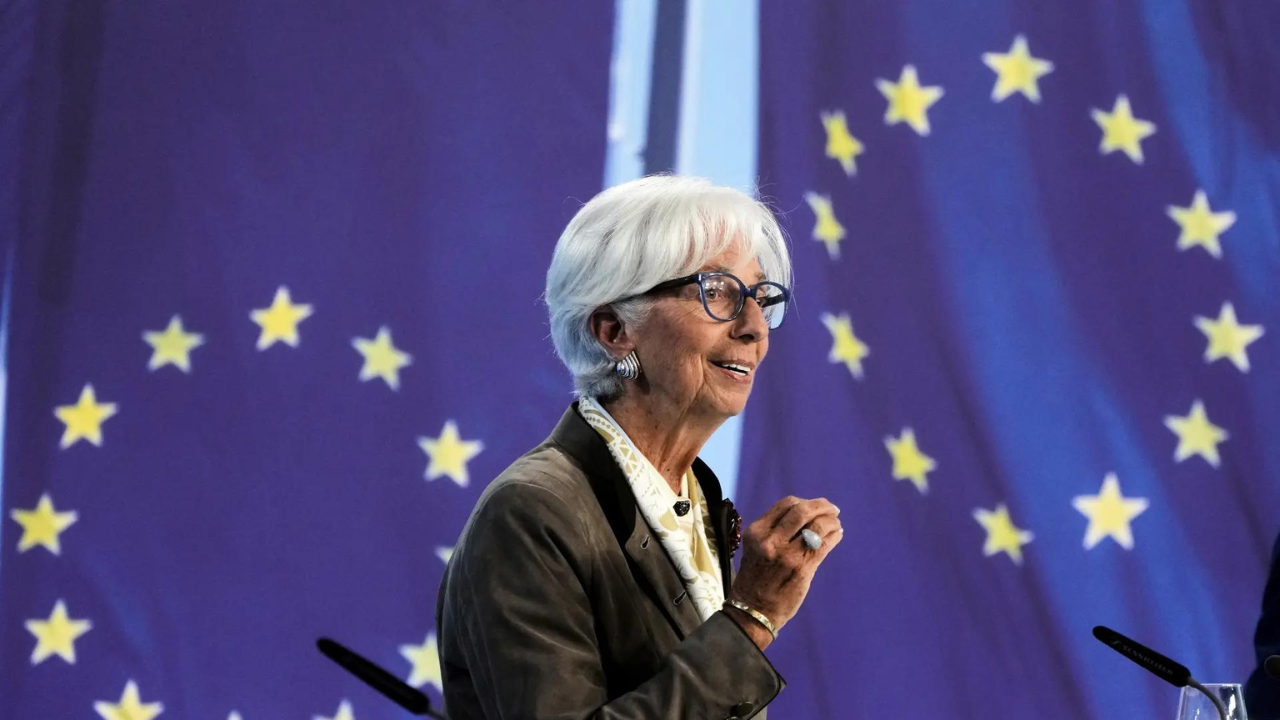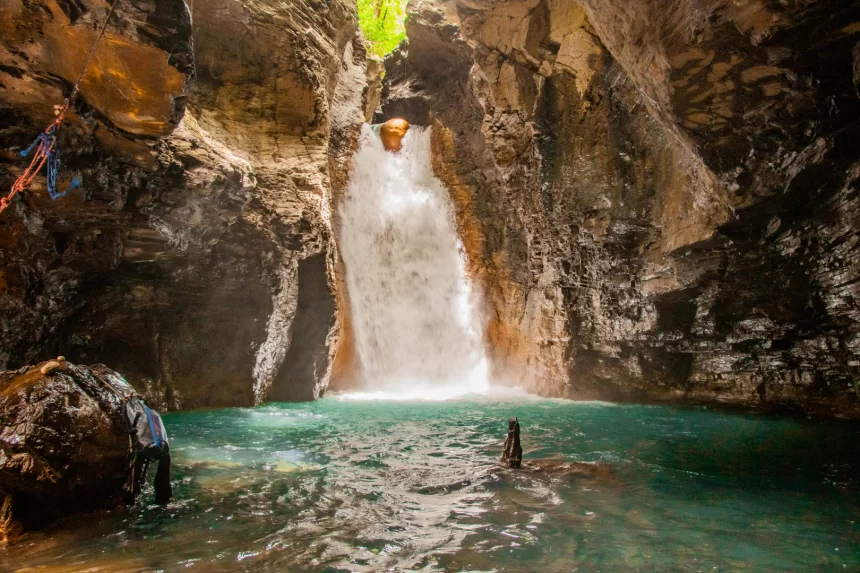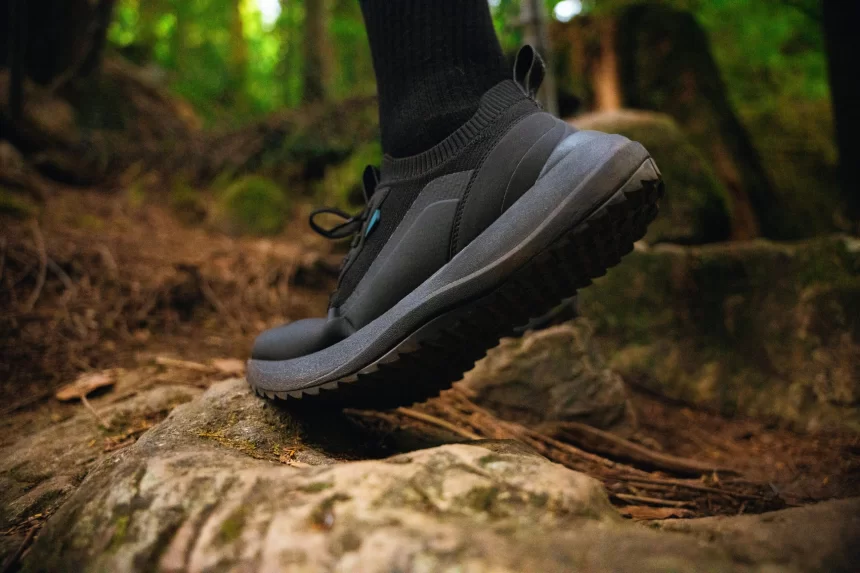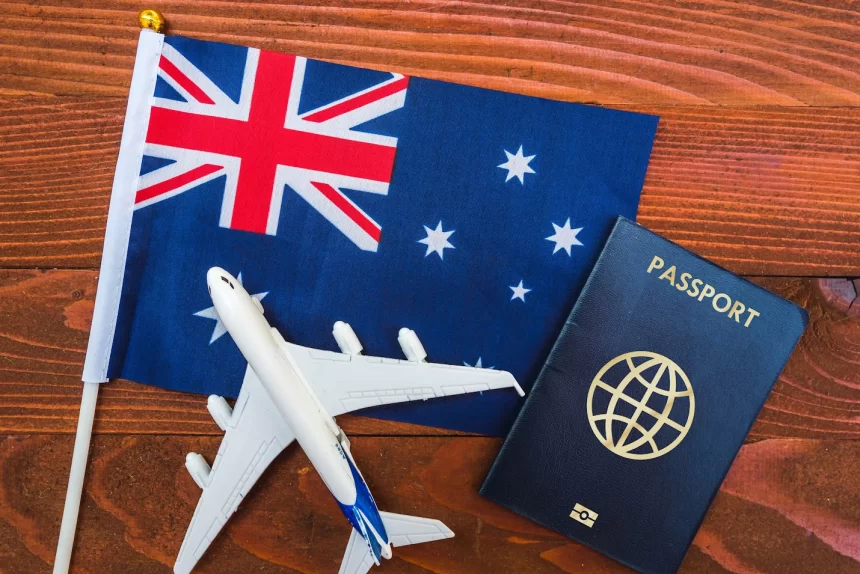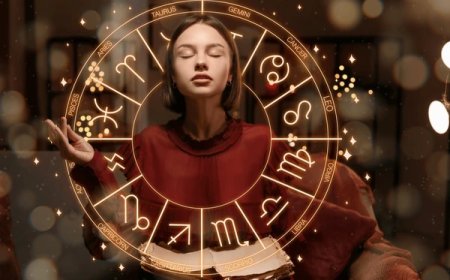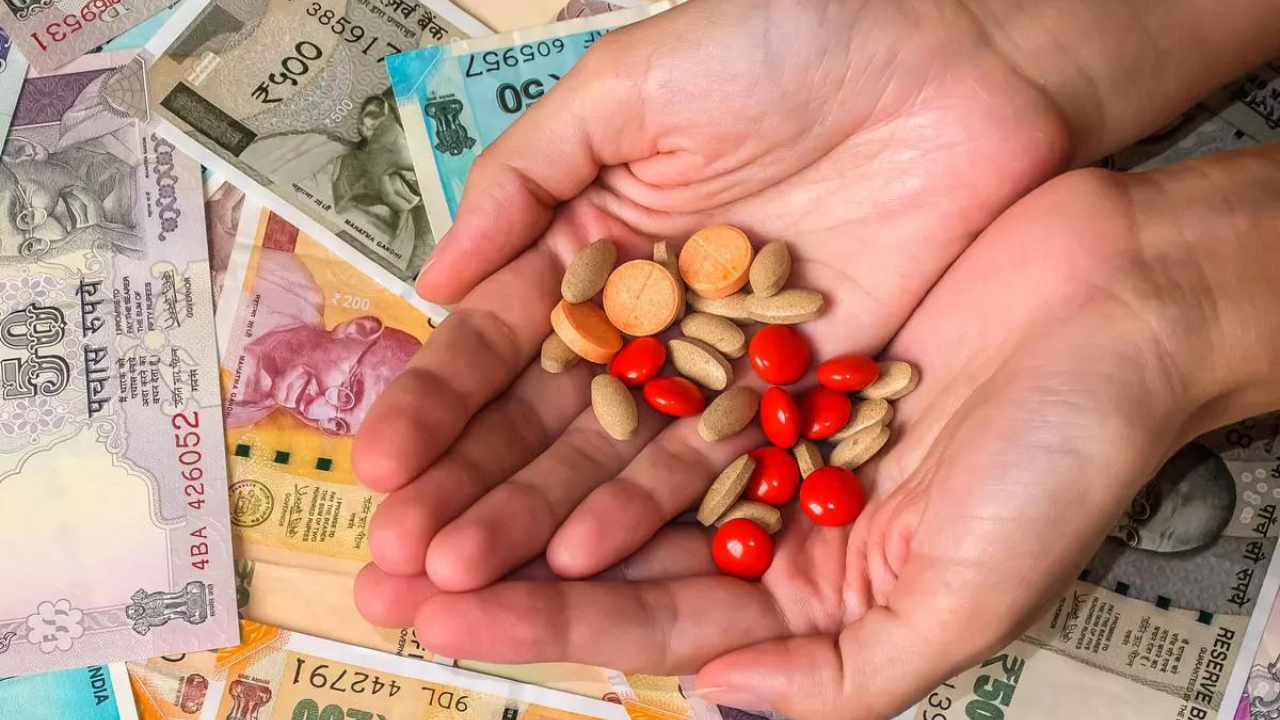Vibrant global exchange: US researchers uncover the pigments in traditional Indian paintings
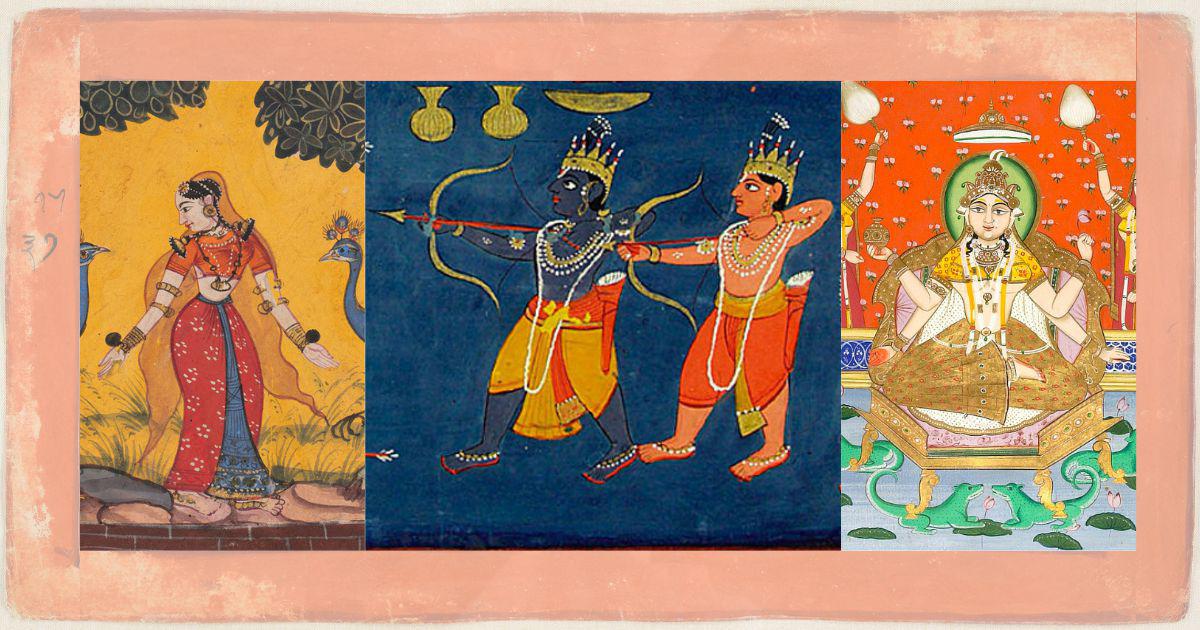
Join our WhatsApp Community to receive travel deals, free stays, and special offers!
- Join Now -
Join our WhatsApp Community to receive travel deals, free stays, and special offers!
- Join Now -

Against a deep blue backdrop, sword-wielding demons attempt to disrupt a sacred ritual. Ram, who is dressed in a yellow dhoti and rendered in a shade of blue distinct from the background, rains arrows on them. Lakshmana ably assists him. The demons seep vermillion blood.
This 18th-19th century Rajasthani miniature, Demons Approaching Rama and Lakshmana at a Fire Ceremony, does not just capture a charged moment from the Ramayana where ritual and battle converge. It is a snapshot of global trade and cultural exchange in the 1800s.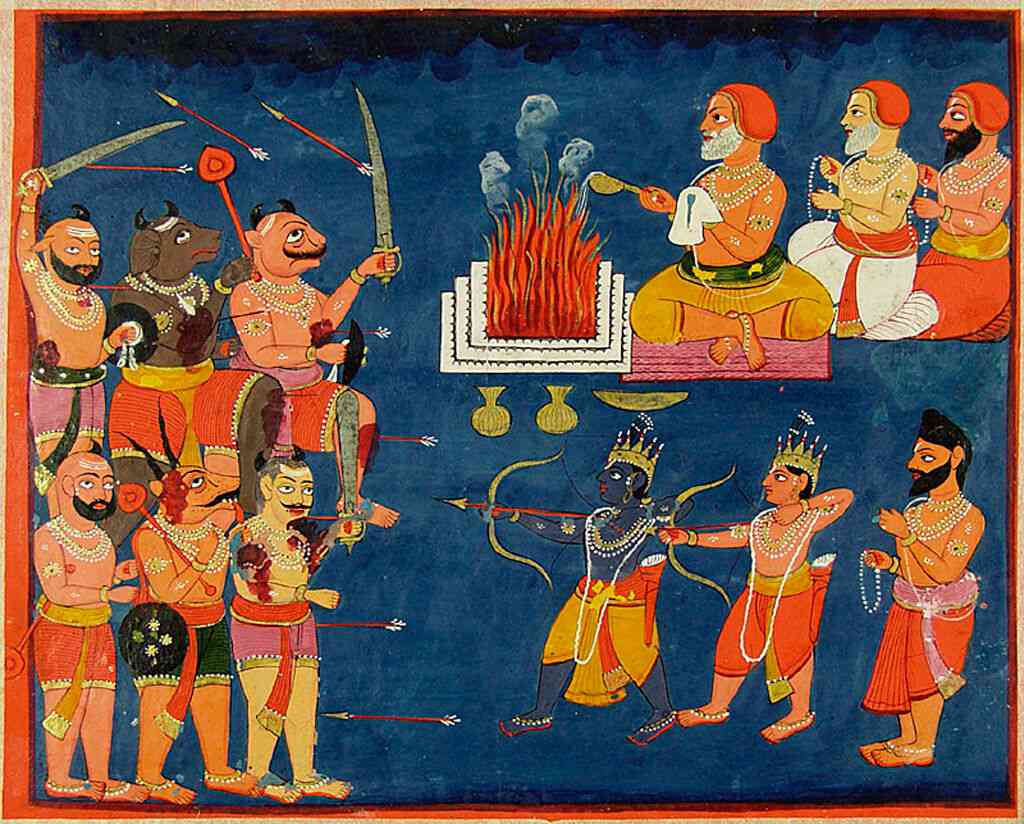
The dominant pigment in the painting is Prussian blue, invented in Berlin around 1706. It was soon manufactured across Europe, and exported to Asia. In Japan, Hokusai used it to create The Great Wave of Kanagawa (1831) – the iconic image that is a popular screensaver on digital devices today.
The Indian yellow is a local pigment, once produced primarily in Bihar from the urine of cows that were fed only mango leaves. Before the British banned the production of Indian yellow in the early 20th century, the pigment had made its way to Europe. 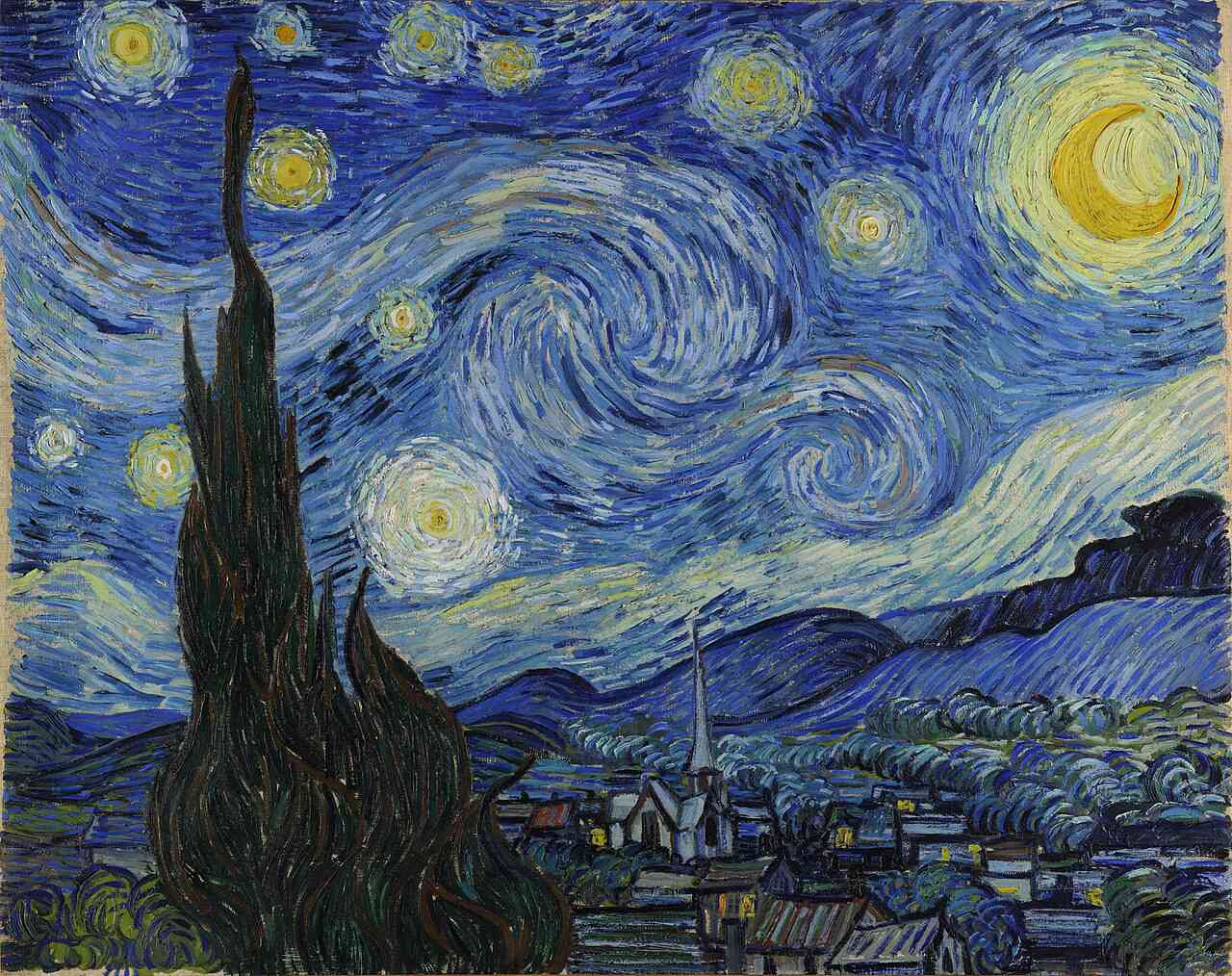
In this Rajasthani painting, the Prussian blue and Indian yellow come together to create the dark green of the holy man’s sash and one of the demon’s shorts.
The chemical...
Read more
What's Your Reaction?
 Like
0
Like
0
 Dislike
0
Dislike
0
 Love
0
Love
0
 Funny
0
Funny
0
 Angry
0
Angry
0
 Sad
0
Sad
0
 Wow
0
Wow
0













